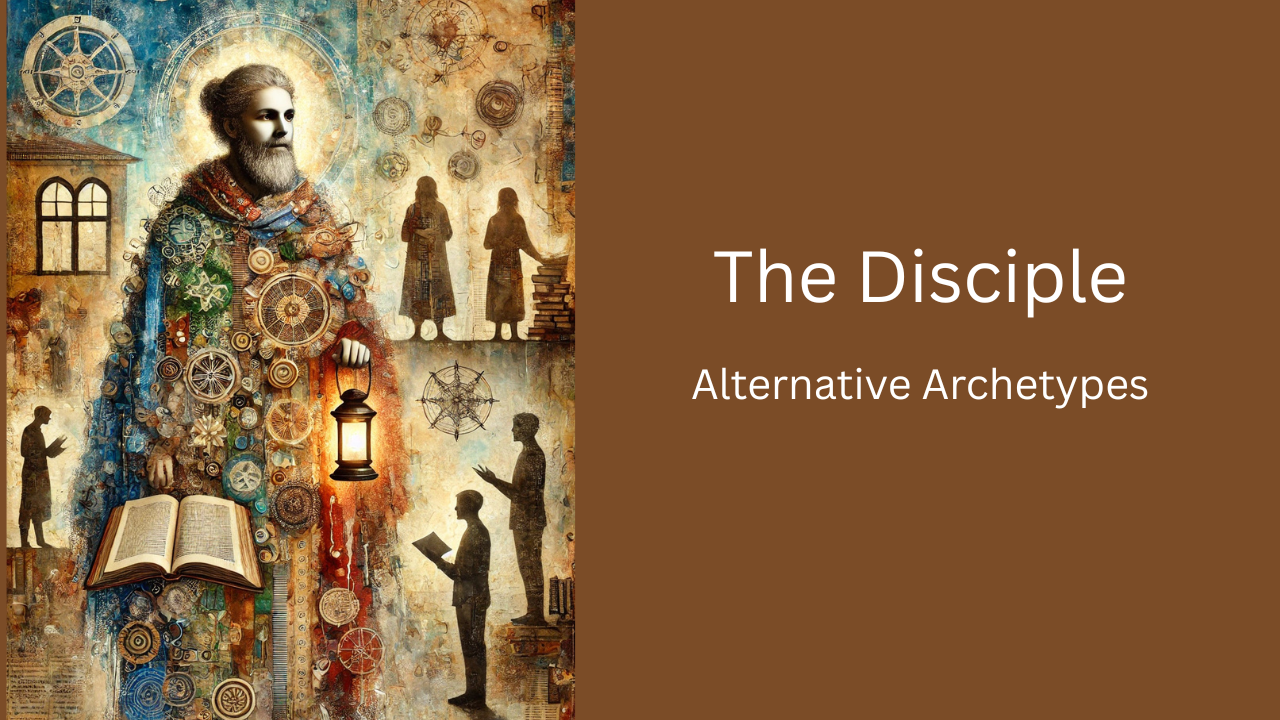Reclaiming the Language of Depth in a Surface-Driven World
What if the path to purpose wasn’t something to chase, but something to remember?
Not a to-do list or a job title, but a deep homecoming to the self beneath the surface?
So many people arrive at the threshold of life purpose coaching hoping to find direction. And that’s understandable. But what I’ve found is that what we’re really searching for is not a new map – but a new relationship with the terrain of our inner world.
In this series, I want to take a step back and explore the deeper foundations that quietly underpin a more soulful path to self-discovery: soul, archetypes, mythopoetic imagination, and the idea of a soul guide. These concepts speak to those of us who sense that the dominant narratives about success and meaning don’t quite mirror to the full truth of our lives.
Prefer to watch rather than read? Check out the video below
Why Soul? Why Now?
The word soul has fallen out of favour in some circles. It can seem nebulous or overly poetic in a world that prizes productivity and clarity. But soul points us toward something essential. Something slow, rooted, and quietly knowing. It reminds us that we are more than roles, routines, or even personalities – we are stories unfolding, mysteries living themselves through time.
To speak of soul is to honour the part of us that longs for beauty, truth, and belonging. It’s the part that aches when life feels out of alignment, and sighs with relief when something finally clicks – this is who I am. This is what matters.
A Language for the Inner World
In the posts that follow, I’ll explore:
- The soul guide as a symbolic companion – an inner archetype that helps us navigate our own mythic terrain.
- Archetypal psychology, drawing on thinkers like Carl Jung and James Hillman, and how it offers a map for understanding the patterns that shape us.
- Mythopoetic imagination – the art of seeing our lives as rich, evolving stories rather than problems to solve.
- And how all of this connects to soulful living and meaningful life design.
This isn’t about abstract theory. It’s about reclaiming a deeper way of seeing ourselves—one that embraces mystery, listens inward, and dares to ask different questions. Who am I really, beneath the masks? What is life asking of me now? What hidden thread has been quietly weaving through my experiences all along?
Walking Together
If you’ve ever felt like modern life asks you to move too fast, skim the surface, or fit yourself into a mould that doesn’t quite fit- this series is for you. My hope is to offer not answers, but invitations. To help you reconnect with your own inner knowing. To walk a little more slowly. To listen a little more deeply.
Because the soul doesn’t shout.
But it is always whispering.









